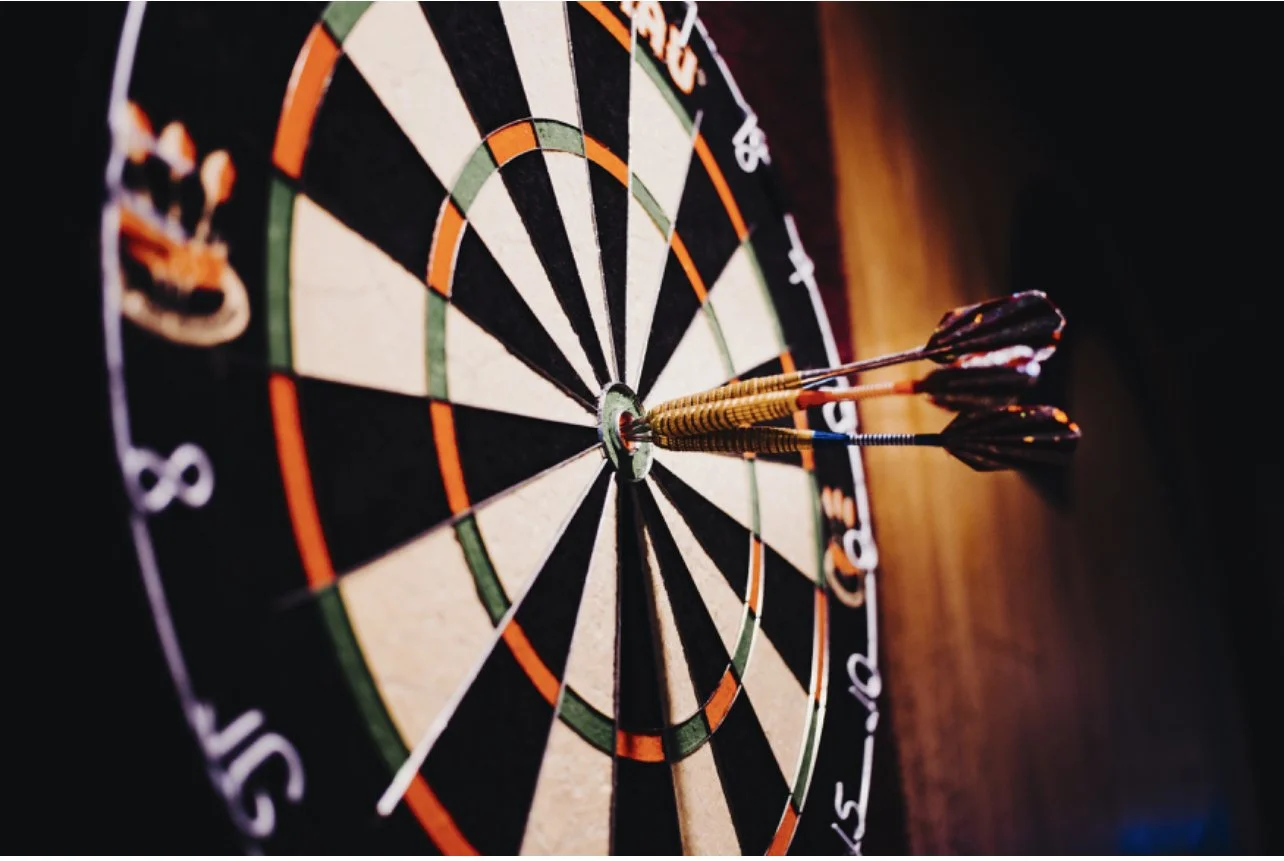Pain is very complex. Because of this there is no single solution for all pains. Pain, like a person, is a unique interwoven product of the body, mind, and spirit as well as your environment and community. When you truly start to look at chronic pain for what it is, I’m not sure how anyone can reasonably expect a medication or a surgery to unravel and repair the contributing roots of it. Ongoing research into effective pain management tools has narrowed in on key tools that are consistently shown to be helpful and effective - Education, Understanding, and Movement.
Read MoreIn the April newsletter we introduced the concept that the pain we perceive can have no relationship to tissue damage. Particularly if normal tissue healing time frames have occurred and you are now experiencing what is considered to be chronic pain. The best way to begin to understand how this can be possible is to explore the history of pain theories. While some of you might find a historical recap unexciting it is important to learn more about our evolving understanding of pain.
Read MoreNo one plans to get hurt when they wake up in the morning. It just happens. Sometimes we have an amazing story to tell of how it happened and sometimes it can be as simple as stepping off the curb to cross the street. In either case, this injury and the resulting pain starts with an experience.
Read MoreAs we acknowledge ourselves to have a past, present, and future, so too should we acknowledge that pain has one as well. If we take the time to get to know it, where it was born, how it has grown, why it exists, we will begin to form a sense of understanding and from that platform compassion and empathy.
Read MoreBy definition a labyrinth is “a complicated irregular network of passages or paths in which it is difficult to find one's way; a maze.” (Oxford) I often use this analogy with my patients during their initial evaluation. They are already in their own labyrinth. At SHW we consider it our job to go in and find them, to recalibrate, and to then figure out how to get them back out. Some of it is simply reversing direction and some of it is finding new pathways.
Read MoreFlow. The word in itself is defined as “the action or fact of moving along in a steady, continuous stream”. In a group Pilates class we encourage a continuous flow of exercises with mindful and integrated transitions. However, we also integrate breath, concentration, centering, control, and precision into each movement. We do this to promote a “state of flow”, otherwise known as being “in the zone”.
Read MoreJoseph Pilates developed his repertoire on the mat and apparatus to be performed with precision. Joseph believed this emphasis on perfect technique and movement helped his students to break down existing bad habits and learn how to move correctly.
Read MoreIf we look at breath as the doorway that creates an access point, and concentration (AKA the mind) as the conscious being going through that doorway, then centering, the third principle, can easily represent the “home”. The point from which all else emanates from. Putting these first three principles together is like putting a quarter into a coin-operated shower and witnessing the strong flow of energy and power that erupts.
Read More







